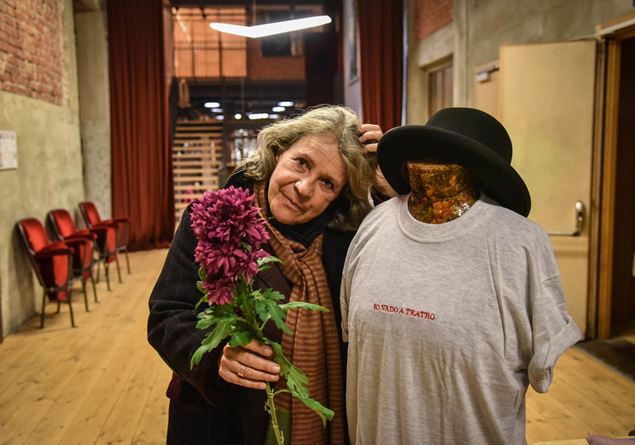
Not being able to complete one’s college education has become a daily worry for many American students. More than 500 private nonprofit universities have closed their doors in the past decade, three times the number in the previous decade, according to the State Higher Education Executive Officers Association (SHEEO). These abrupt closures are a symptom of a private higher education economy that has been weakened since the 2010s and the health crisis in the United States.
“At least 1.25 million students have been affected by these closures,” SHEEO reported to the Wall Street Journal. Worse, according to the same data, during the year, at least one university announced its closure every week. Nearly one in ten institutions offering four-year programs would also be in financial peril, according to the consulting firm EY-Parthenon.
“The rising cost of higher education is playing a role” in the sharp increase in the number of closures, explains the “Wall Street Journal”. As a result, the number of students has fallen dramatically over the past decade, and especially since the Covid period. Enrollment has fallen by 14% over the decade, reports the US Department of Education. More and more middle-class students are thus resistant to the high cost of higher education in Uncle Sam’s country.
Tuition fees are therefore bringing in less money to schools than before. The University of Newbury, near Boston, for example, has seen its student body drop from 5,300 to 600 in less than 20 years. As its finances became increasingly shaky, the private non-profit institution was then placed on probation by its accreditors, before giving up and announcing its closure at the end of 2023.
Disaster for students
The pace of closures is even expected to continue with the gradual reduction in exceptional aid released by Washington during the health crisis, the drop in the birth rate, but also the increase in the cost of studies, according to the economic daily. But these abrupt bankruptcy filings above all have “catastrophic consequences for students,” the newspaper specifies. According to a SHEEO study, less than half of the students whose school closed between 2004 and 2020 continued their studies.
Students whose schools closed abruptly are less likely to reenroll because the transition from one school to another is often complicated. Students often lose all the credits they need to resume their studies at the same level, and those with the most debt can’t afford the cost of spending extra years to earn all the credits they need to graduate. Last year, Biden even proposed a plan to forgive much of student debt, which the Supreme Court ultimately blocked.
The trend is not good news for the country, which wants to gradually increase the number of graduates. Currently, more than 40 million Americans have not completed their studies, up from 36 million in 2019, reports the National Student Clearinghouse Research Center.





